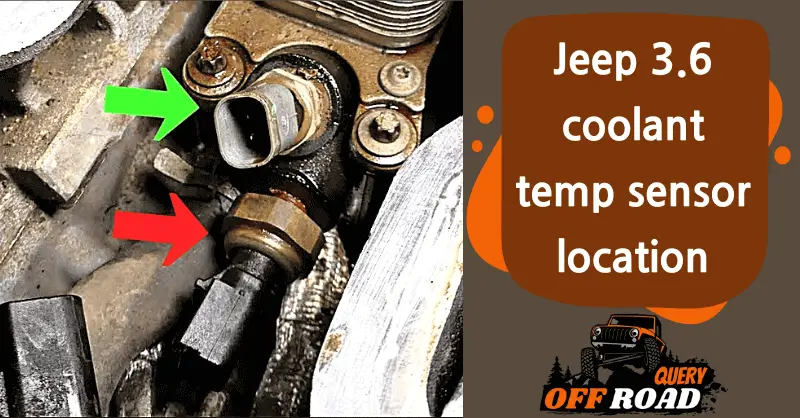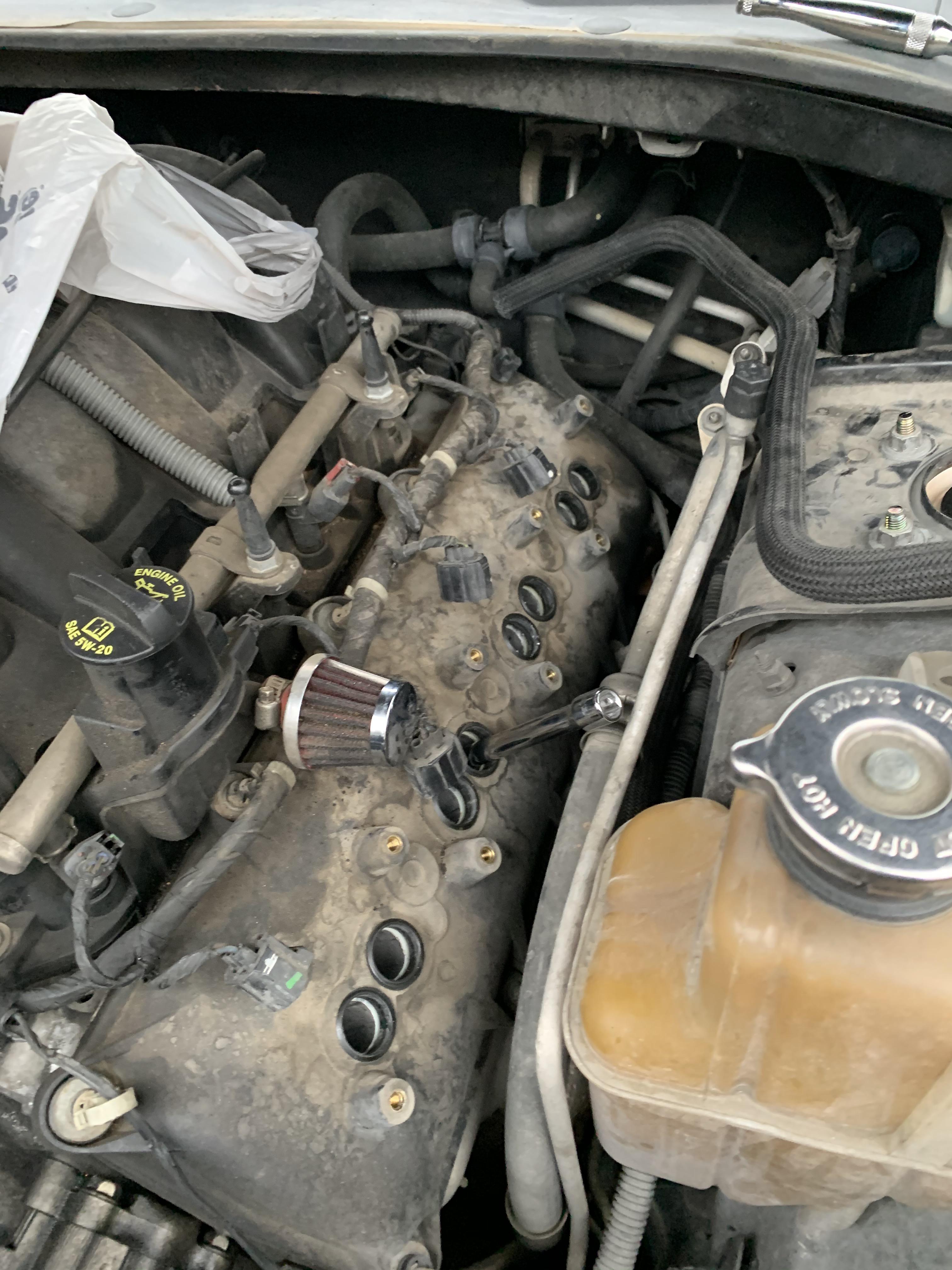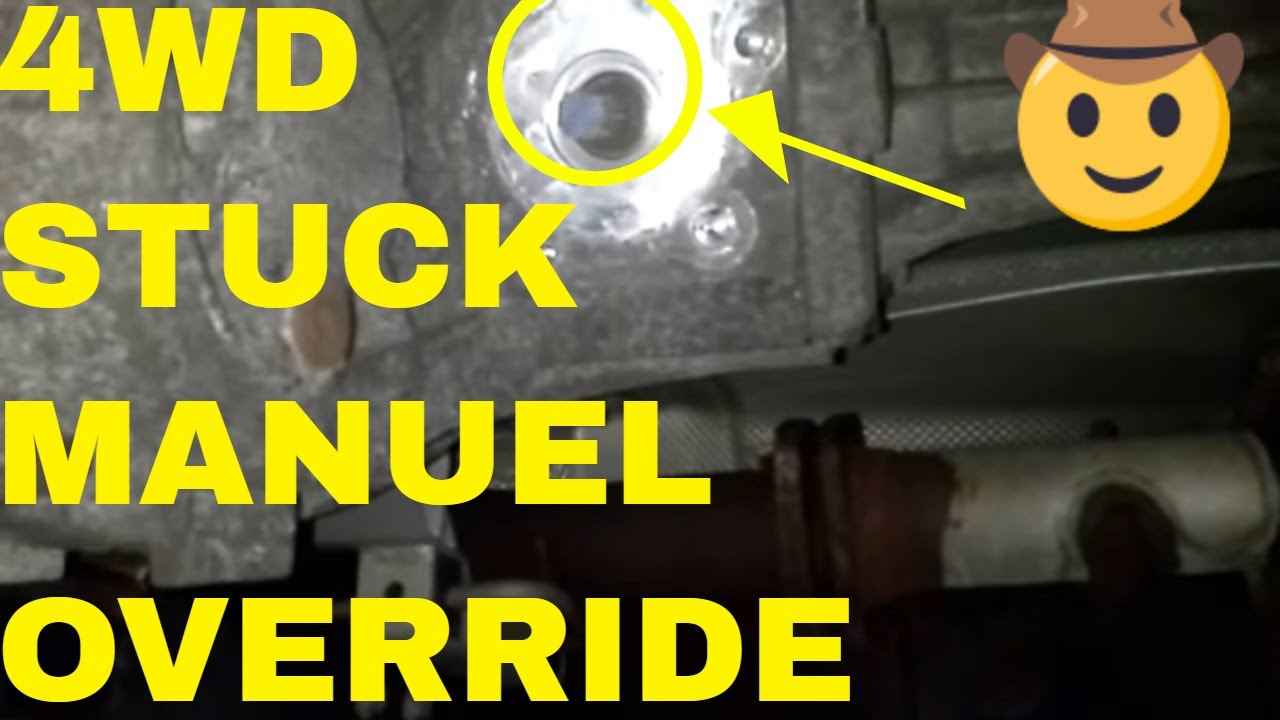The 2014 Jeep Grand Cherokee is a rugged and versatile SUV that has captured the hearts of off-road enthusiasts and daily commuters alike. One critical component that ensures the engine's optimal performance is the coolant temperature sensor. In this comprehensive guide, we'll delve into the intricacies of locating and replacing this essential sensor.
1. Understanding the Coolant Temperature Sensor
The coolant temperature sensor, also known as the engine coolant temperature (ECT) sensor, plays a pivotal role in maintaining the engine's temperature. It provides crucial data to the vehicle's engine control unit (ECU), allowing it to adjust fuel injection, ignition timing, and other parameters. A malfunctioning ECT sensor can lead to poor fuel efficiency, engine overheating, and potential damage.
2. The 3.6L V6 Engine: Where Is the ECT Sensor?
The 2014 Jeep Grand Cherokee comes equipped with a 3.6-liter V6 engine, renowned for its balance of power and efficiency. Locating the ECT sensor on this engine is essential for troubleshooting and maintenance. Let's explore where you'll find it:
2.1. Rear of the Cylinder Head
The ECT sensor on the 3.6L V6 engine is installed into a water jacket at the rear of the cylinder head on the left side of the engine [^5^]. To access it, follow these steps:
- Safety First: Ensure the engine is cool before proceeding.
- Open the Hood: Pop the hood and secure it with the prop rod.
- Locate the Cylinder Head: Stand in front of the vehicle and identify the cylinder head on the left side.
- Look for the Water Jacket: The ECT sensor resides within the water jacket. It's a small, cylindrical component with an electrical connector.
2.2. Removal and Replacement
To replace the ECT sensor:
- Drain Coolant: Safely drain a small amount of coolant to prevent spillage.
- Disconnect the Electrical Connector: Gently unplug the electrical connector from the sensor.
- Unscrew the Sensor: Use a suitable wrench or socket (usually 19mm) to unscrew the sensor from the cylinder head.
- Install the New Sensor: Apply thread sealant (teflon tape) to the new sensor's threads and screw it into place.
- Reconnect the Electrical Connector: Ensure a snug fit.
- Refill Coolant: Top up the coolant level and check for leaks.
3. Common Questions and Troubleshooting
3.1. Resetting the Check Engine Light (CEL)
After replacing the ECT sensor, the Check Engine Light (CEL) may persist. Will it reset automatically after several drive cycles, or do you need to reset it manually? The answer lies in the vehicle's onboard diagnostics. Typically, the CEL resets after a certain number of successful drive cycles. However, if you're impatient, consider using an OBD-II scanner to clear the code manually.
3.2. ECT Sensor vs. Oil Temperature Sensor
Confusion often arises between the ECT sensor and the oil temperature sensor. The latter requires manifold removal, while the ECT sensor is more accessible. Remember: the ECT sensor is located near the firewall, not under the intake manifold [^4^].
4. DIY Approach: Cost-Effective Solution
Dealerships may charge exorbitant fees for ECT sensor replacement, but fear not! Armed with basic tools and our guide, you can tackle this task yourself. Save money and gain a sense of accomplishment by mastering your Jeep's inner workings.
5. Conclusion
The 2014 Jeep Grand Cherokee's ECT sensor is a small yet mighty component that ensures your engine runs optimally. By understanding its location and function, you're better equipped to maintain your vehicle's performance. So, next time you're under the hood, give a nod of appreciation to the unsung hero—the coolant temperature sensor!




